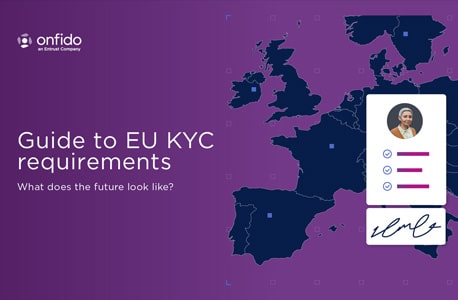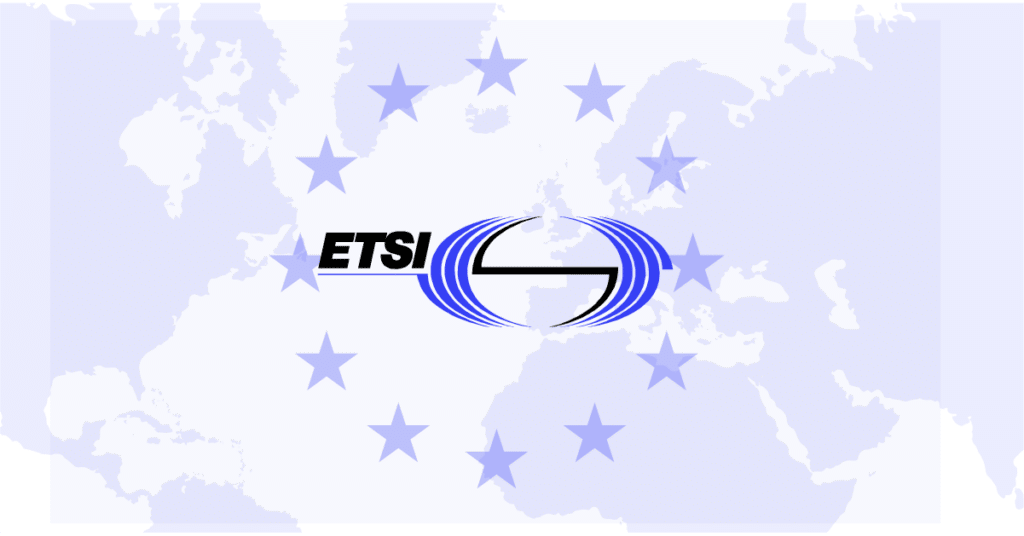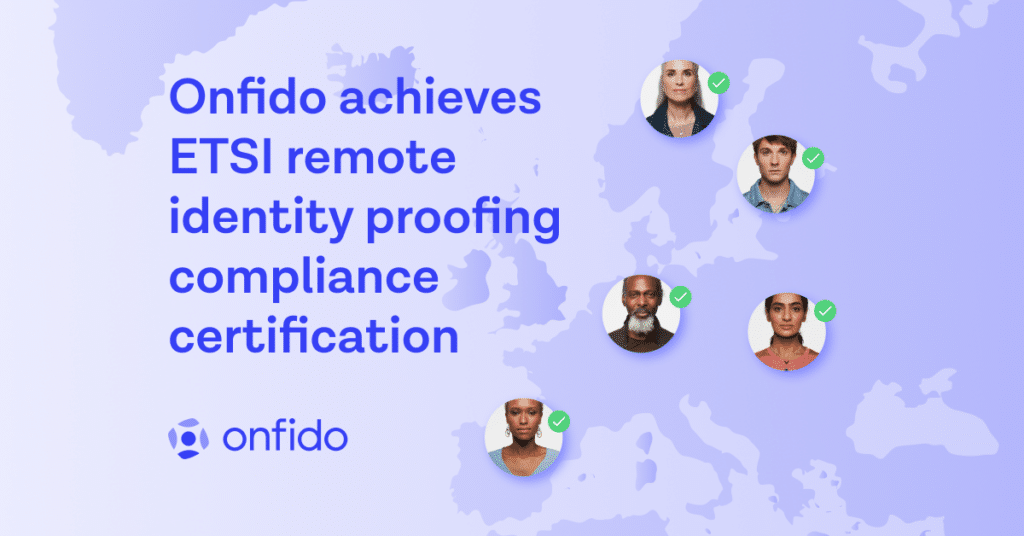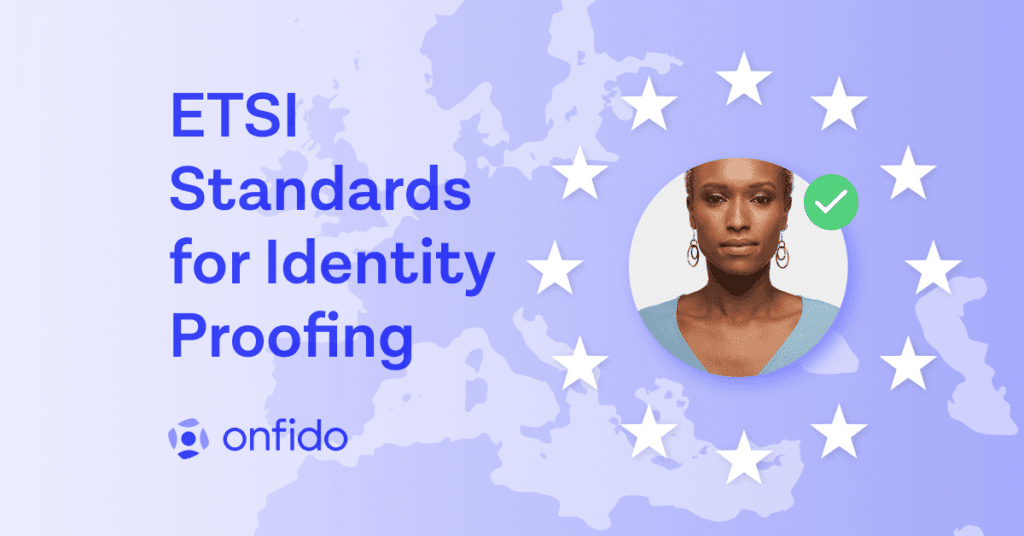What are EU KYC requirements?
European regulatory standards and directives are rapidly evolving to support these new methods of identity verification, but varying speeds of adoption and mixes of national and EU regulation, has resulted in a notoriously complex and fragmented regulatory landscape.
Companies are right to ask what these requirements are, how they vary by market, and how these regulations impact their business and industry as a whole.
Companies subject to EU Anti-Money Laundering (AML) regulation, including those offering regulated products, such as credit cards, insurance, crypto-asset services or loans, need to ensure their identity verification (IDV) vendor is staying ahead of European identity standards and best practices. These new standards will be critical to protecting themselves and their customers against sophisticated fraud, retaining a competitive advantage, and pursuing growth ambitions in the EU.
This guide provides context of the different regulations and standards impacting identity verification in the EU — including ETSI technical standards, eIDAS, AML directives, and EBA guidelines — and how impending developments may impact your business.
Read now to learn:
- How have identity verification technologies evolved?
- Which regulations and standards impact KYC?
- What does the future of KYC have in store?
- What are the considerations for businesses conducting KYC?






